Two-wheeler over long distances demands skills and practical knowledge on riding physics and body dynamics. When you add a pillion rider to the equation everything becomes even more complicated and demanding in terms of your skills and ability to handle the changed dynamics of two people balanced on two wheels. You cannot obviously do it without the support of your pillion rider. Here are 7 important tips that will help you in making long distance trips much more comfortable and enjoyable.
There are two variables in this matter. The first is the capability of your machine (two-wheeler) in handling the extra weight and dynamic challenge of twice the load, and the second variable is the passenger. Let's start with the first variable.
Make Sure Your Bike Can Handle The Weight
The first order of business is to make sure that your bike can handle the weight of two different people along with all the motorcycle accessories and gifts that you are going to carry for the trip. The best way to ascertain that this is possible is by finding out the gross axle weight of your motorcycle and then adding up all the weight that you are going to put on it. By practical estimates, this should not exceed 80% of the gross axle weight (GAW) of your motorcycle or two-wheeler for that matter. What you need to keep in mind when doing this is to be minimal in terms of your luggage and accessories that you are planning to carry on the journey. If the pillion rider has never been on a two-wheeler trip before, help him or her out in using only the most essential accessories and luggage that year she will need during the course of the journey and nothing more!
Create a Sense of Trust in The Pillion Rider
The second variable is the person who will be riding with you on the motorcycle all the way to your destination and back. If the person does not happen to trust you, it will become increasingly difficult for you to stay focused on the road much less enjoy the journey. Therefore, it is crucial that you create a sense of trust in your pillion rider on your reading skills and ability to tackle challenges on the road. In most cases, the pillion rider will be someone you already know and therefore they will have an inherent trust on your abilities, but in case there is an exception to this assumption, make sure to have a good talk with the pillion rider and explain why it is important for them to trust you and not do anything unpredictable on the motorcycle in case of a sudden emergency. Even small things like putting more weight to one side to see the road ahead can disbalance a motorcycle and you need to speak to your pillion rider about it before you begin the journey.
Seat & Backrest: Crucial for Long Tours
Being seated in a sedentary position for long hours can take a toll on the back and leg muscles causing cramps and discomfort. Pillion riders are more prone to this problem because they have given less space to articulate their limbs. This is why a good quality backrest and seat are very important, not just for the comfort of the pillion rider but also to ensure that they don't do anything to jeopardize the balance of the motorcycle. An uncomfortable pillion rider might keep on shuffling in their seat, changing their position frequently, thereby creating a constant state of disbalance, which is not good if you are riding at high speed on the highway. Make sure that you have already invested in a good quality seat and backrest before beginning your trip.
Focus On Safety
You cannot achieve safety without focusing on safety riding gear such as motorcycle helmets and jackets. The quality of the riding gear for the rider and the pillion passenger should be of impeccable quality and if the pillion does wish to invest a lot on the whole ensemble of safety riding gear, he or she must at least invest in a good quality helmet and riding gloves. Most modern helmets with industry-leading safety features are available for an average cost of rs900-rs1200, so there is no excuse for not wearing a good helmet these days.
Cornering & Braking
Two things that drastically impact the stability of a two-wheeler are cornering and braking. These are the two things during which you need to be mindful of the fact that you have a pillion rider onboard and adjust your maneuvering accordingly. Be gentle on the curves and keep the speed within manageable limits. Braking is also another aspect that will change with a pillion rider. Rather than grabbing a handful, practice a gradual braking technique. This is important for your safety even if you are riding alone. If you find the passenger bumping into you too often, ask him or her to seat a little bit further backwards, but be sure that they have a grab rail behind them to prevent the risk of falling off.
Smooth Acceleration and Deceleration
Jerky movement of the two-wheeler has two downsides: first it creates a lot of unnecessary fatigue when your body has to deal with it constantly, and secondly, it can tip the passenger off the saddle and fall backwards, or suddenly lunge forward under hard braking. Both of these can lead to an injury. Smooth movements, during both picking up and reducing speed.
Communications
Communicating with the passenger is the key to avoiding big problems on the road. If the passenger is uncomfortable, he or she should be able to communicate that with you. By the virtue of being so close together, you do not need to invest in bluetooth but if you have one it will make communications a lot easier. The key to communicating with the pillion rider is not the technology, rather it is the openness and trust between the pilot and the passenger.
 Wishlist
Wishlist
 Track Order
Track Order

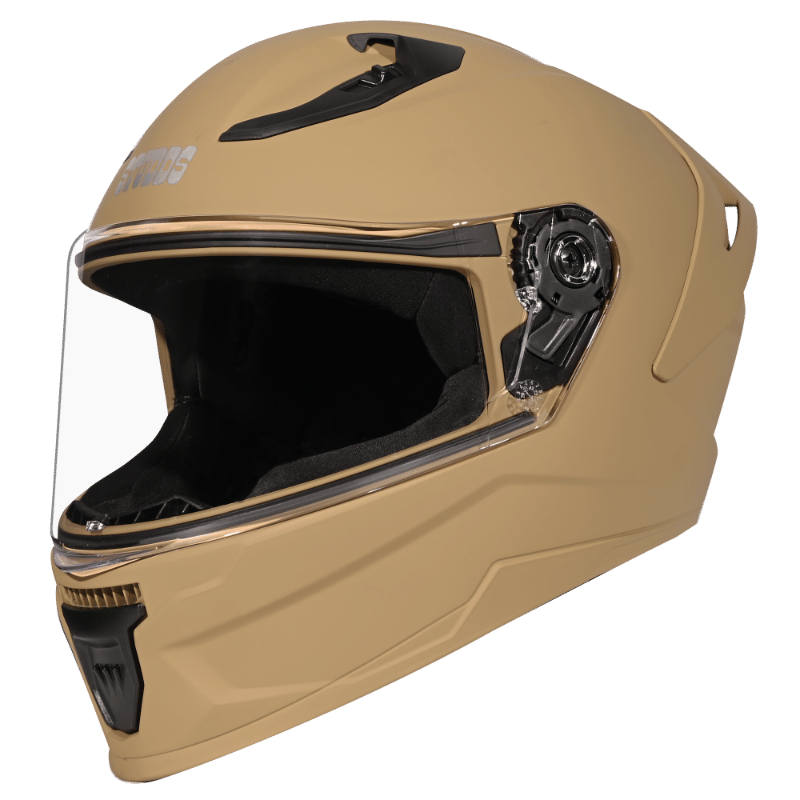
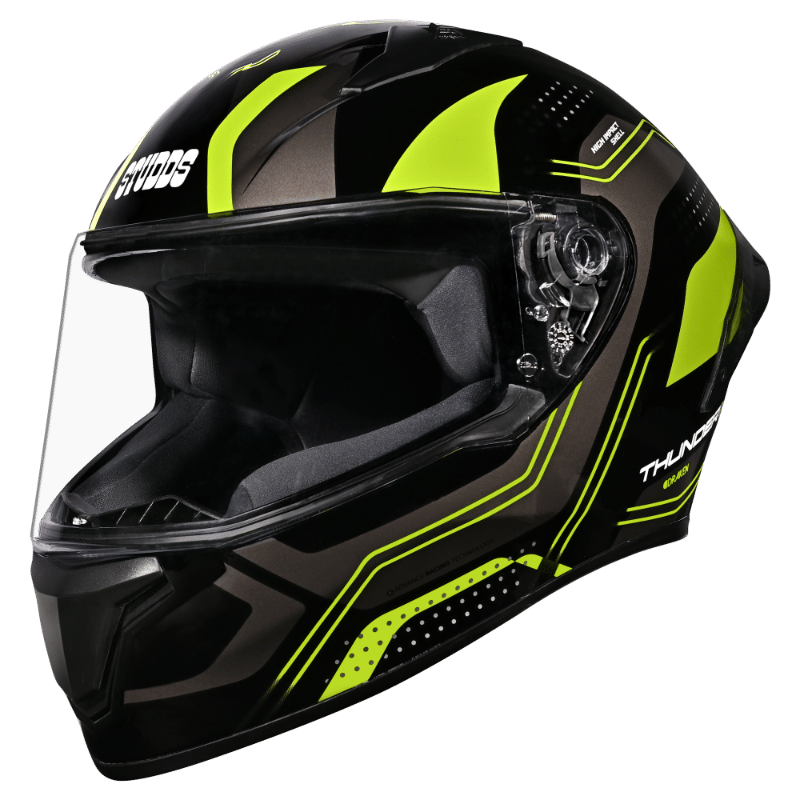
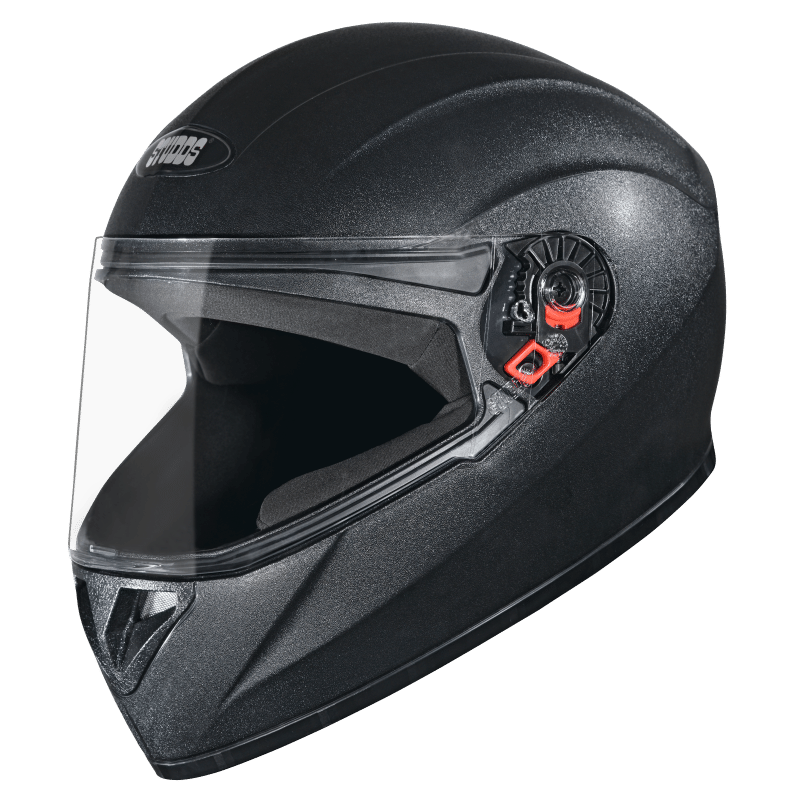
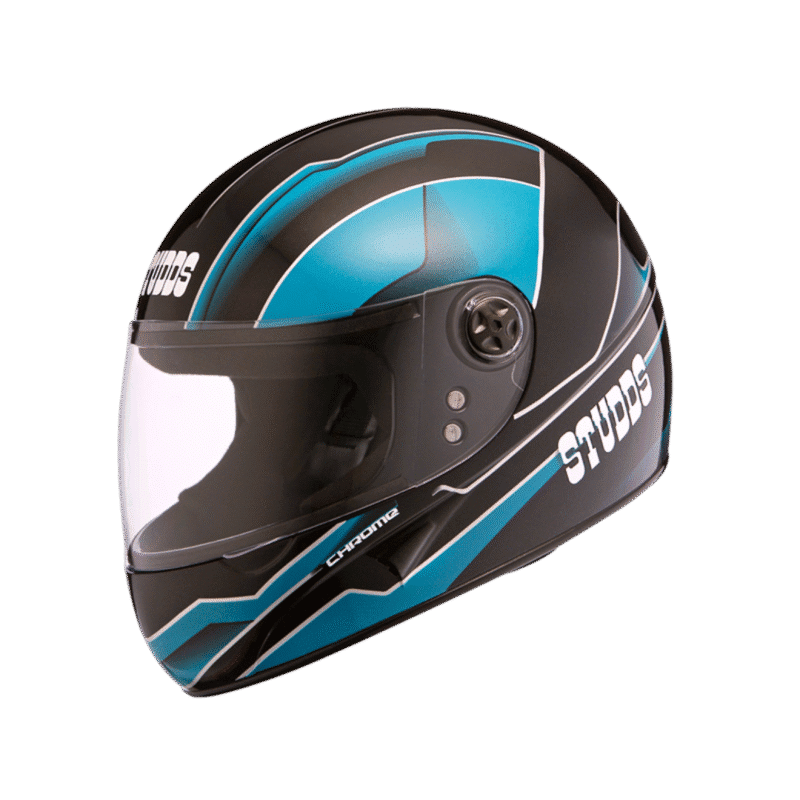
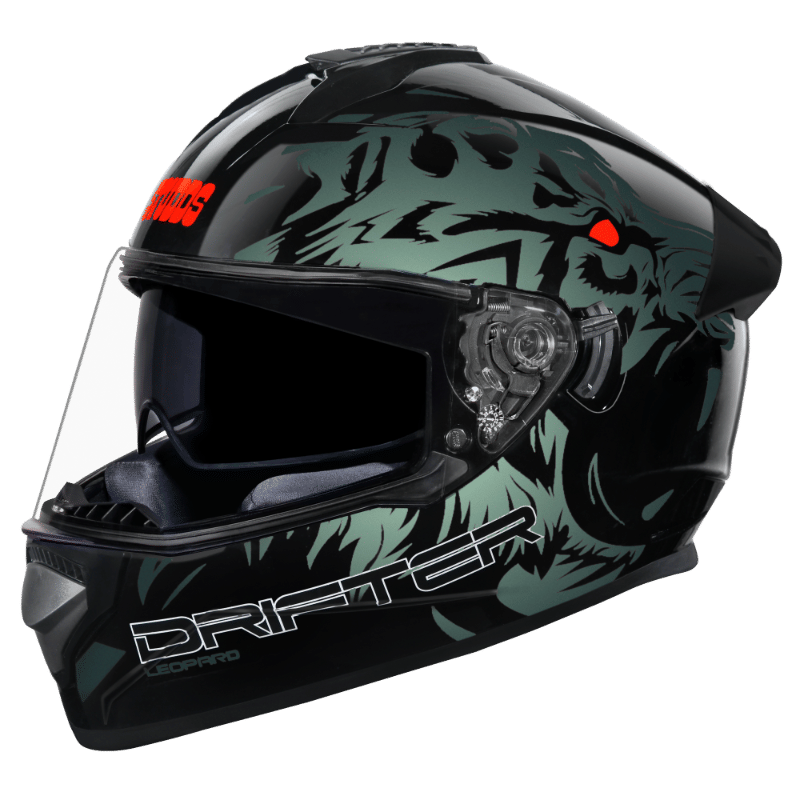
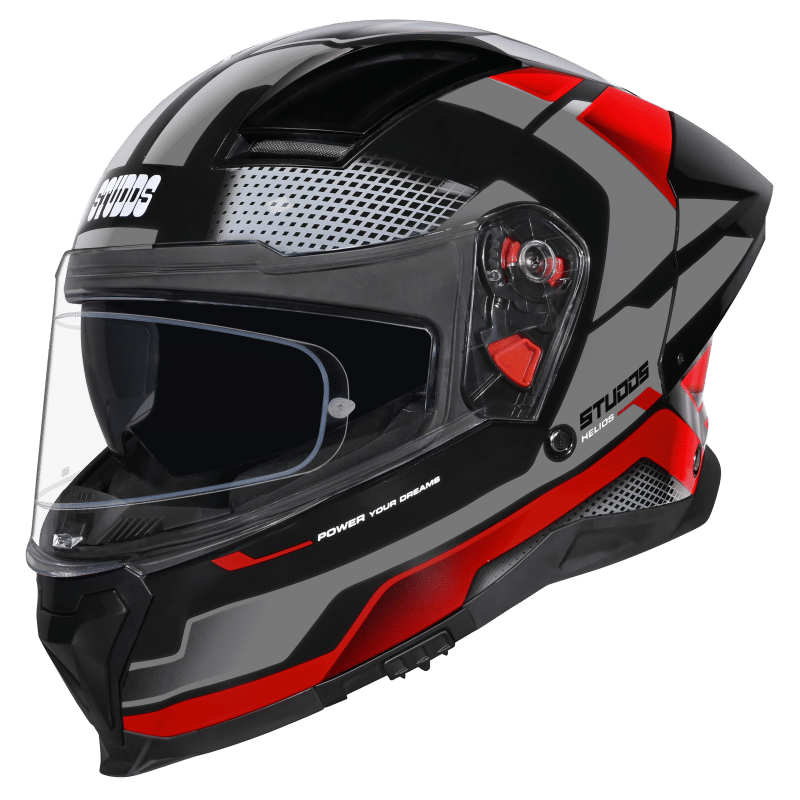
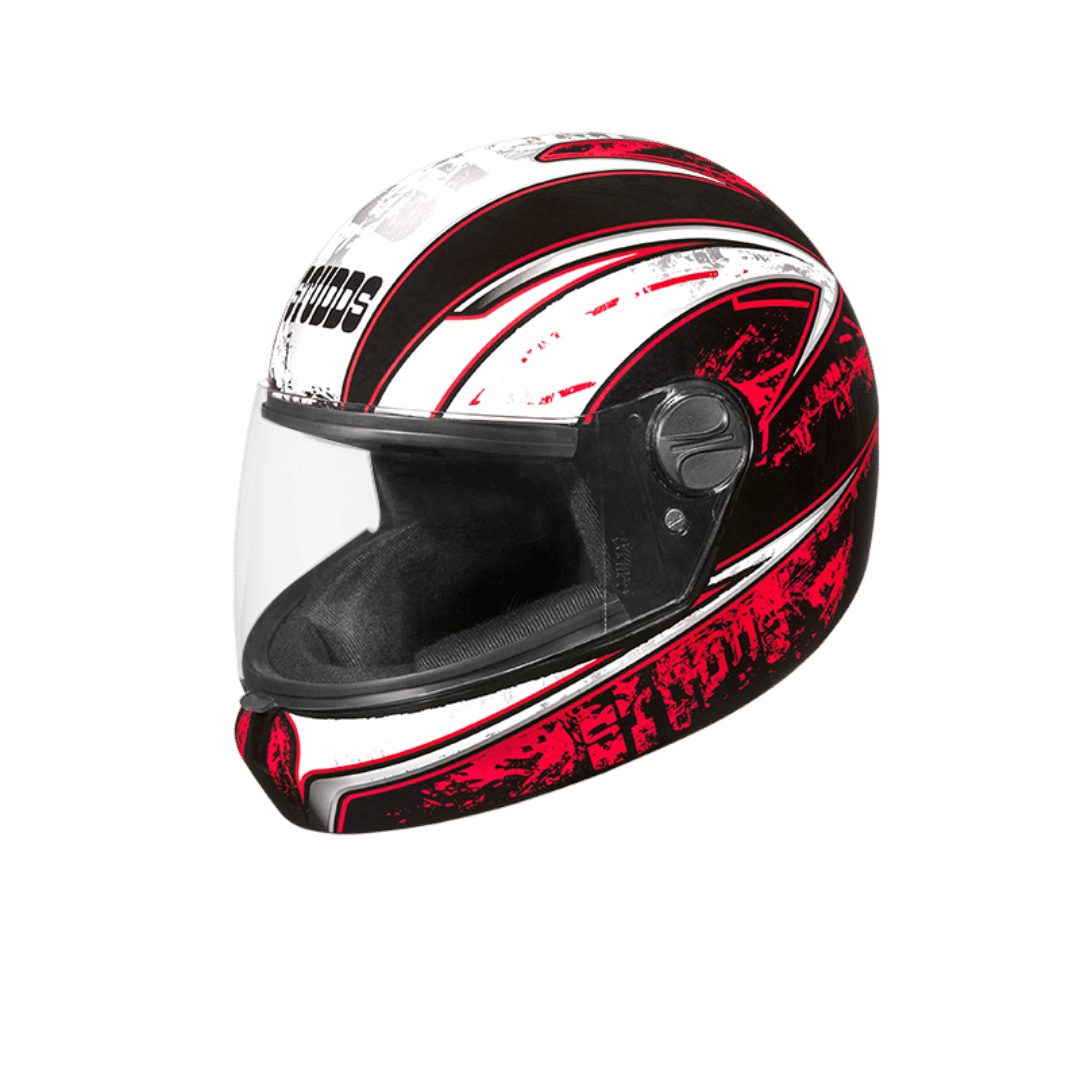
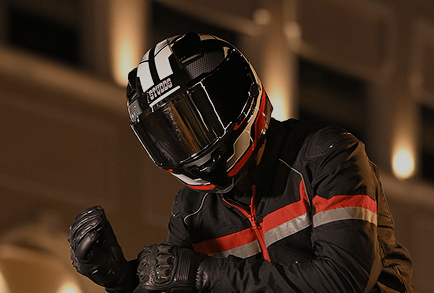
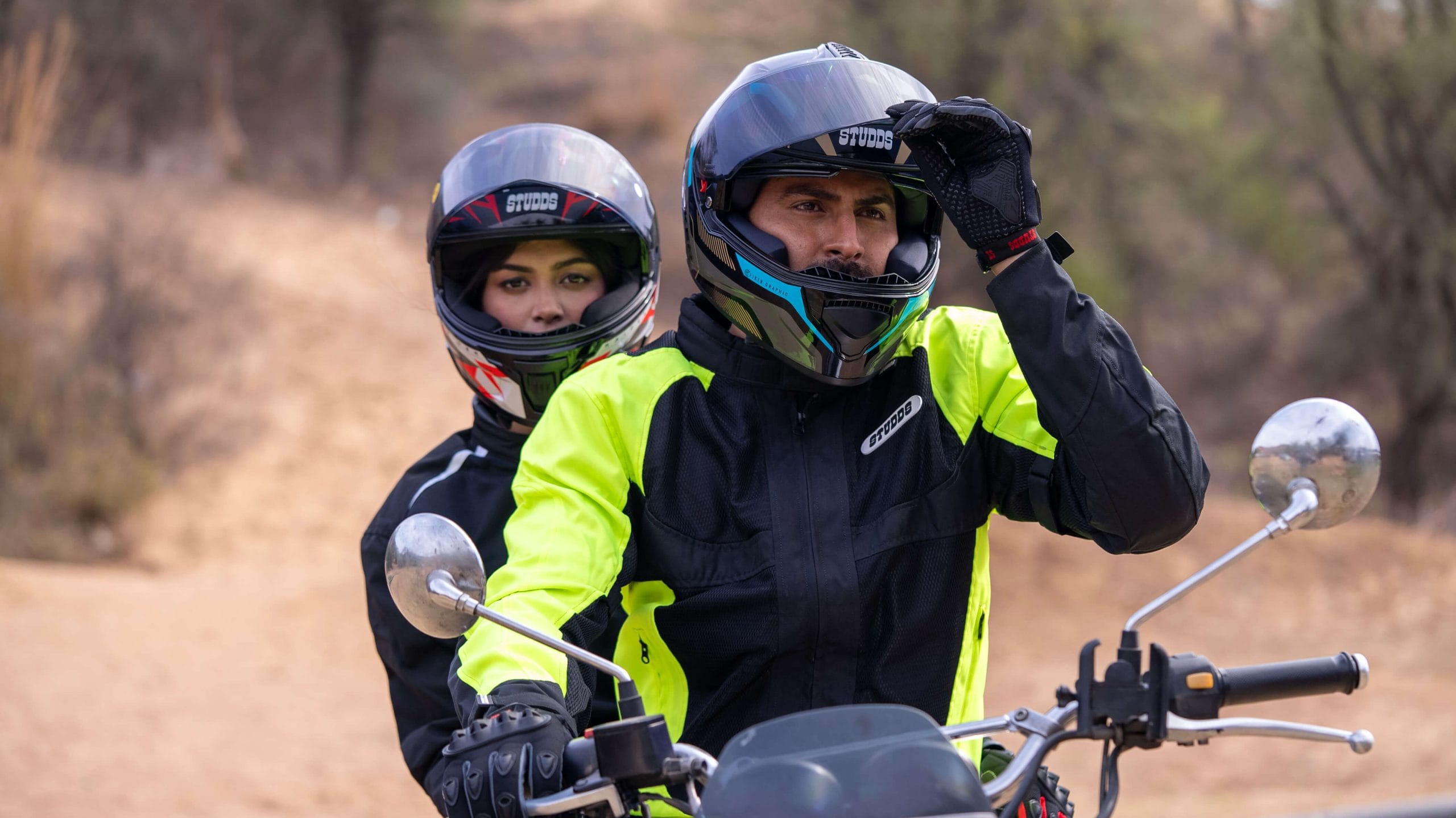
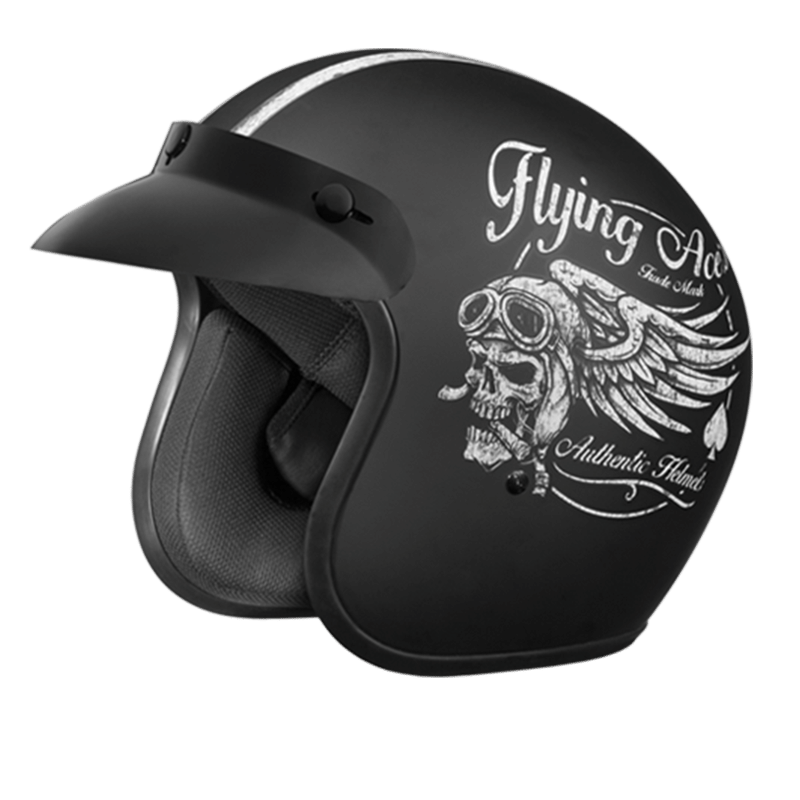
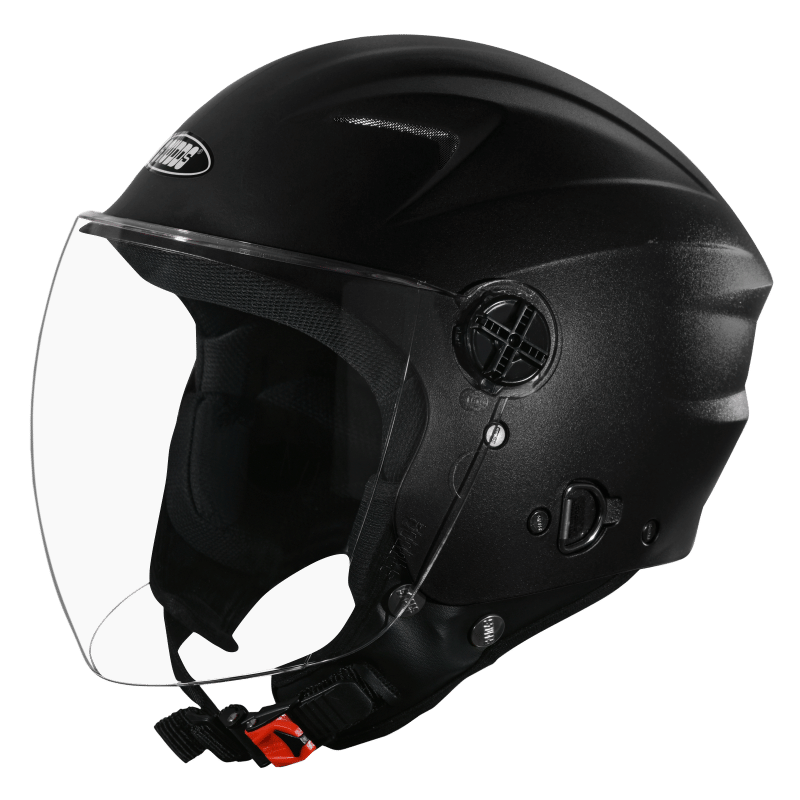
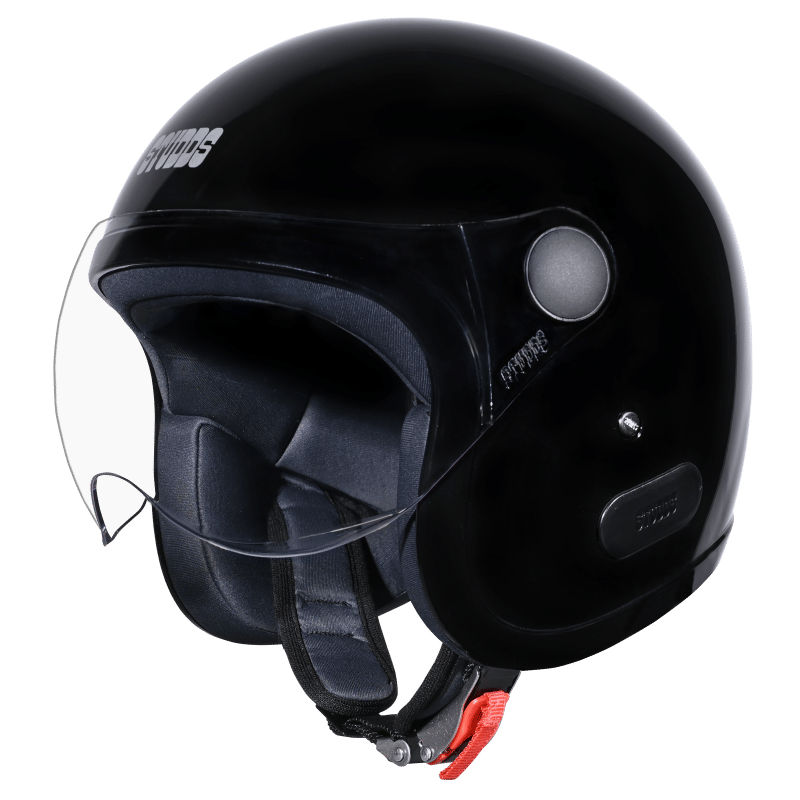
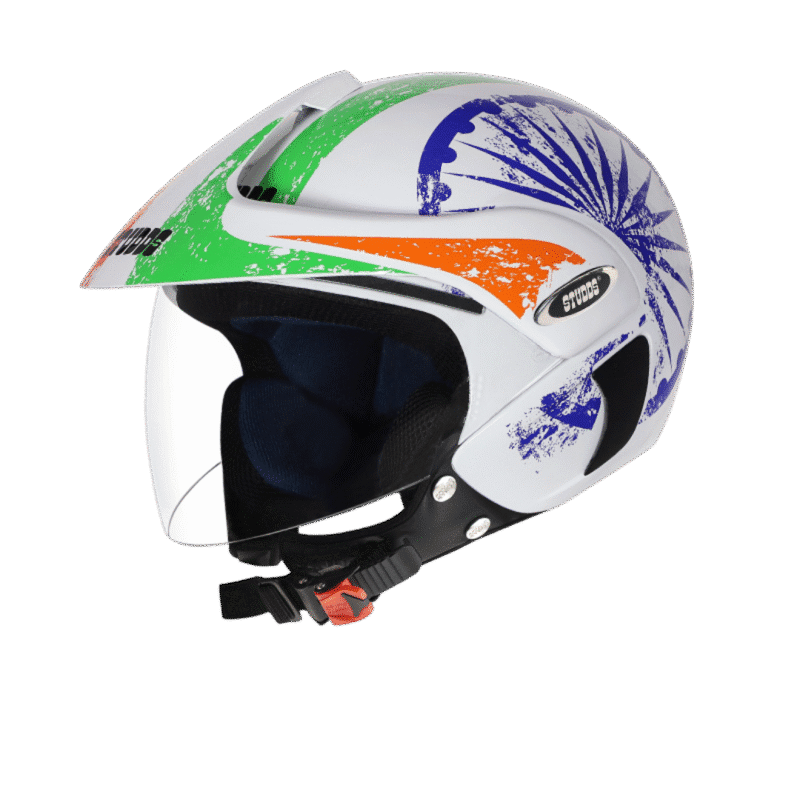
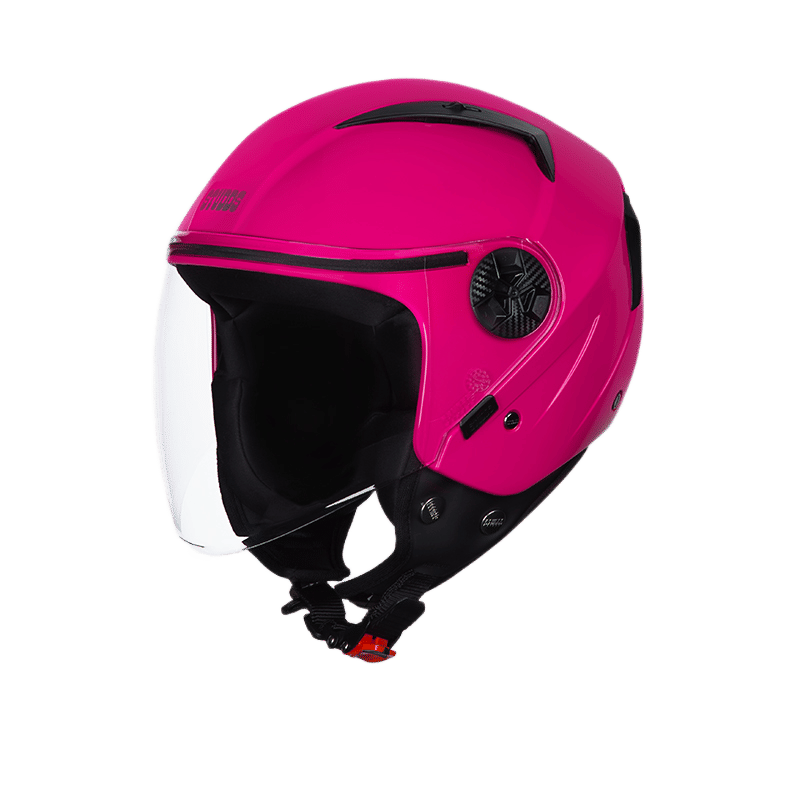
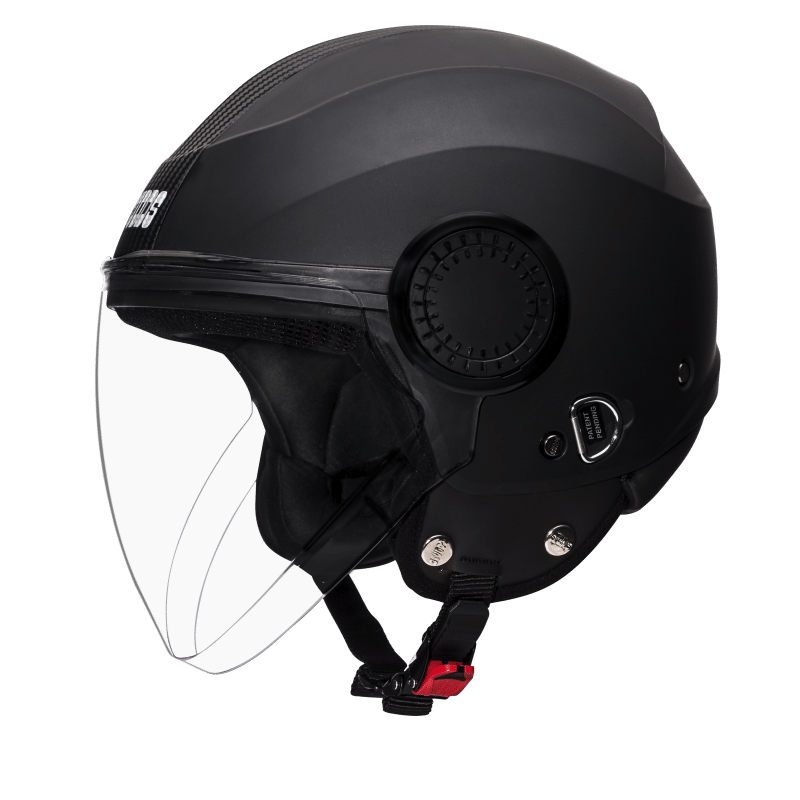
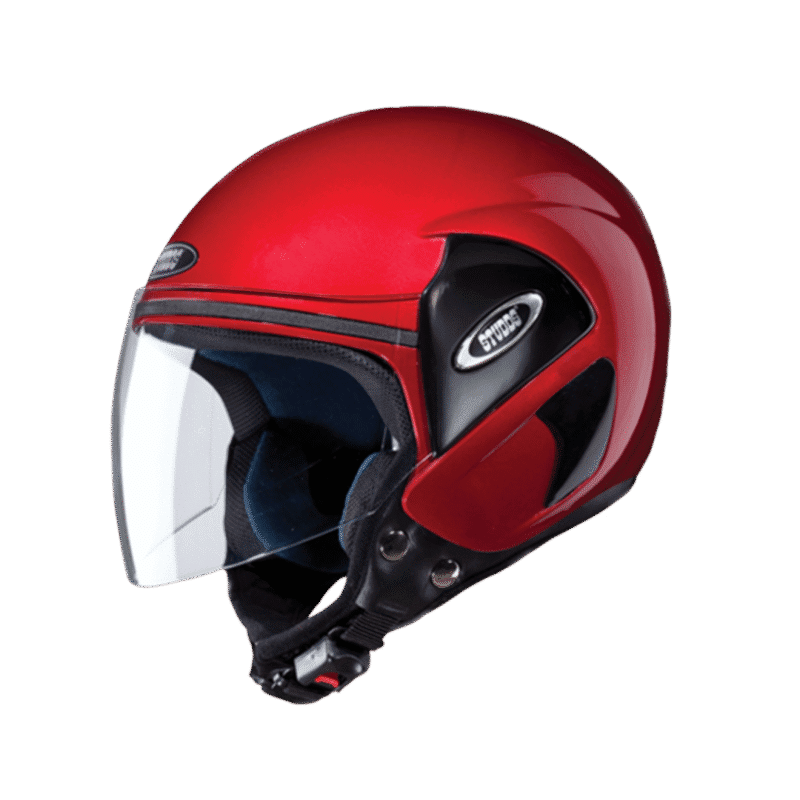
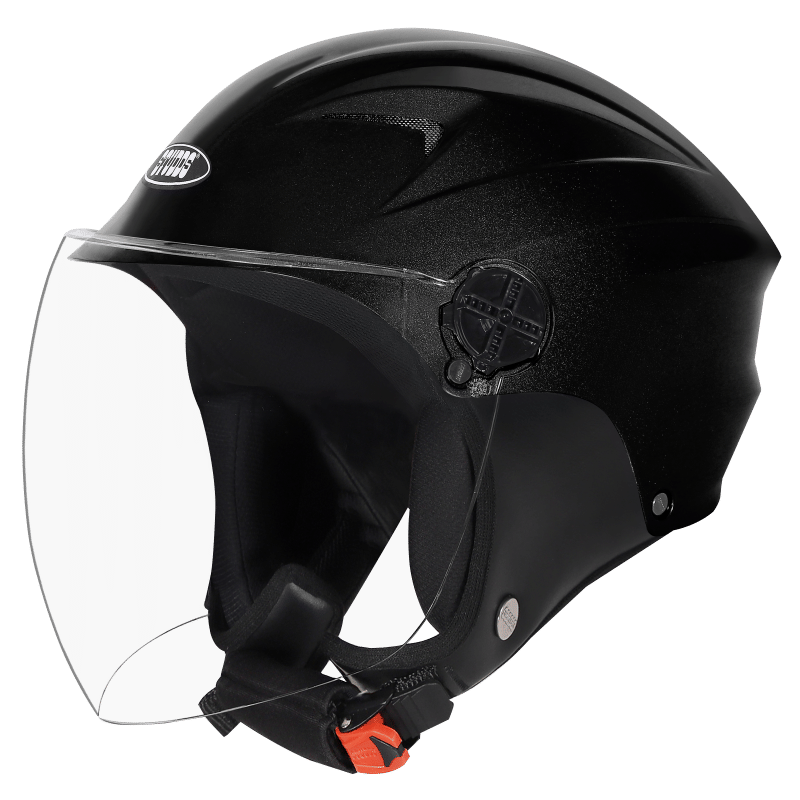
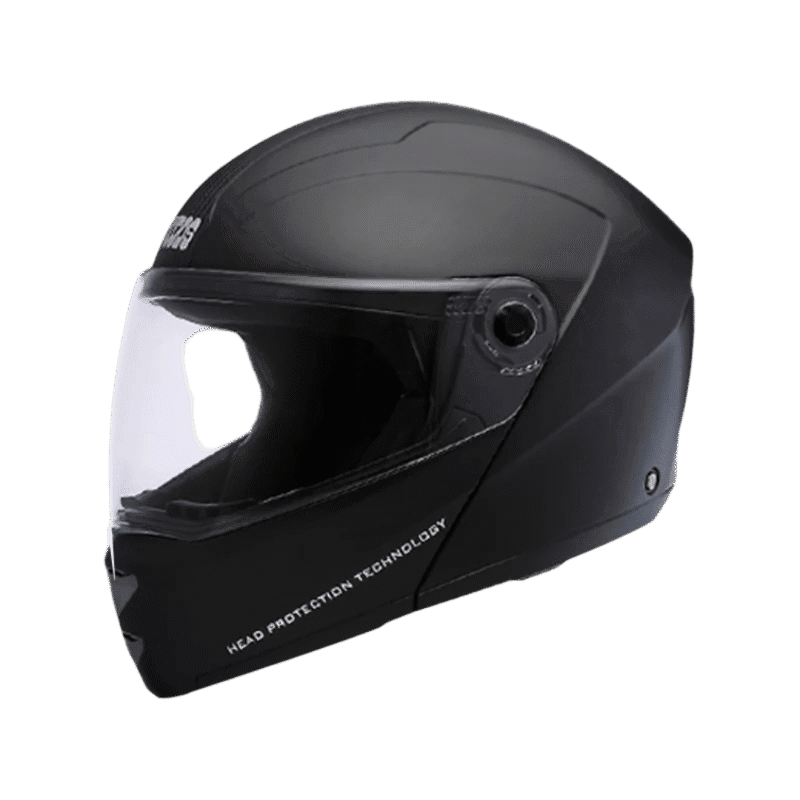
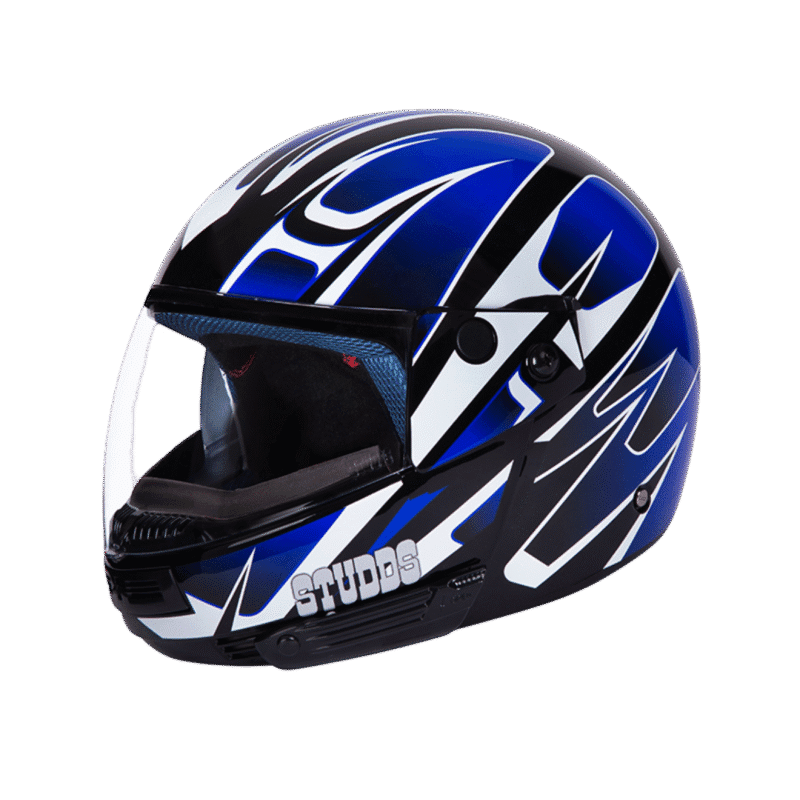
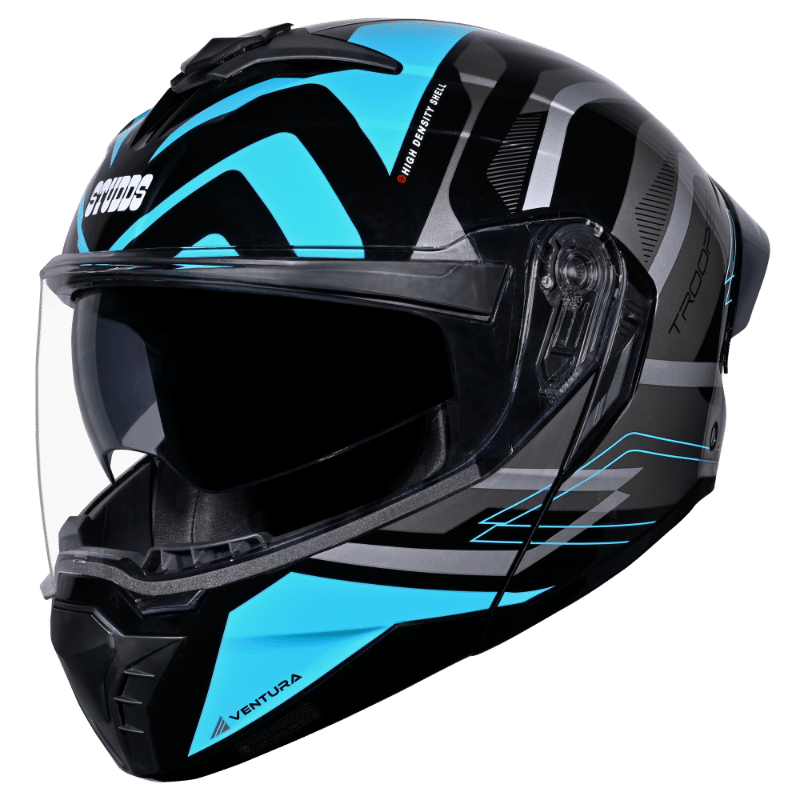
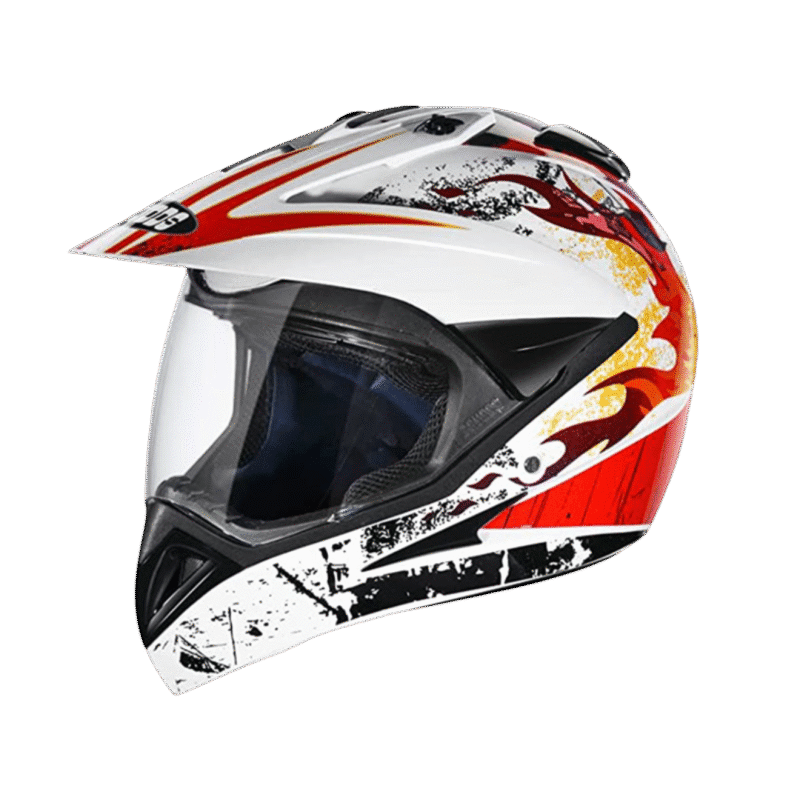
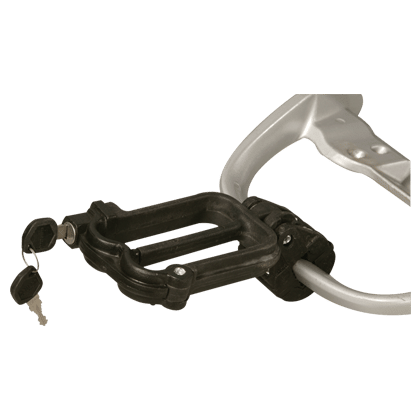
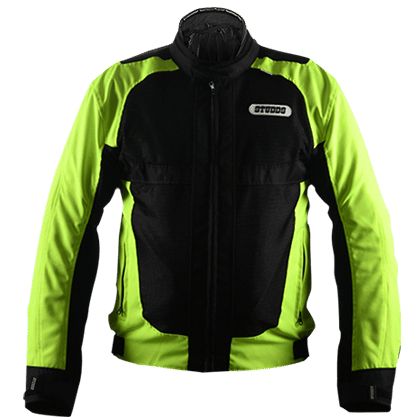
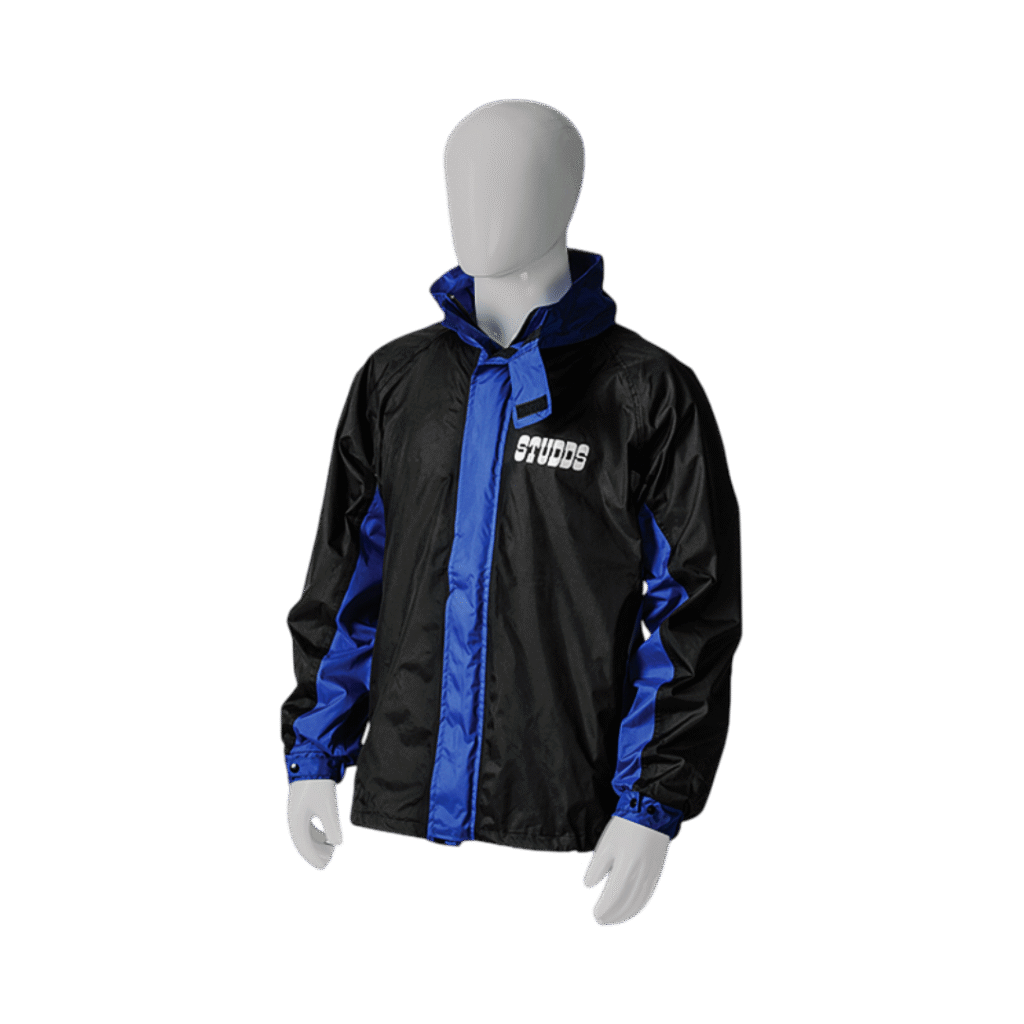
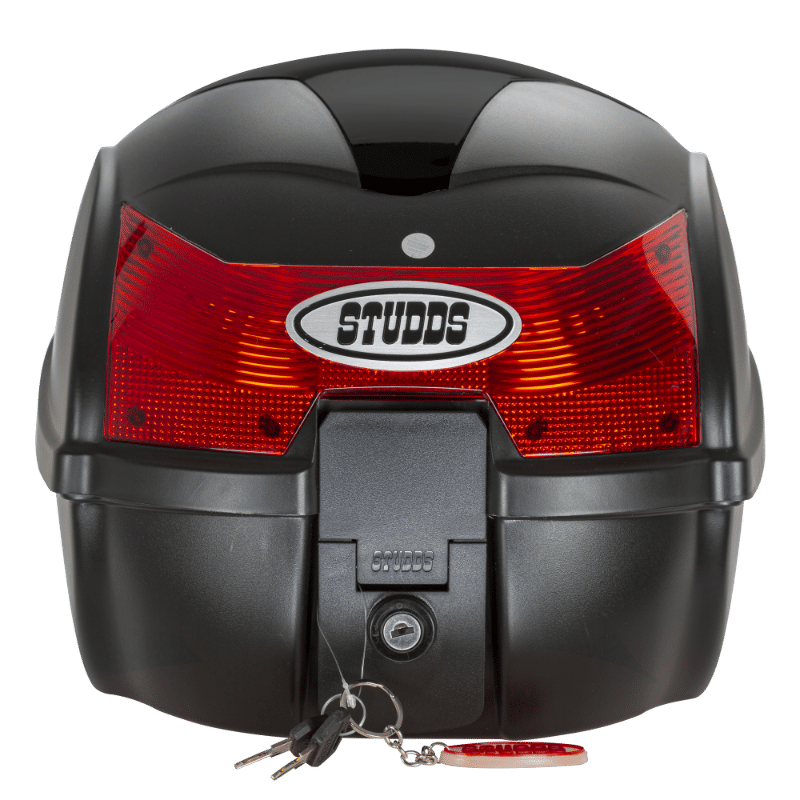
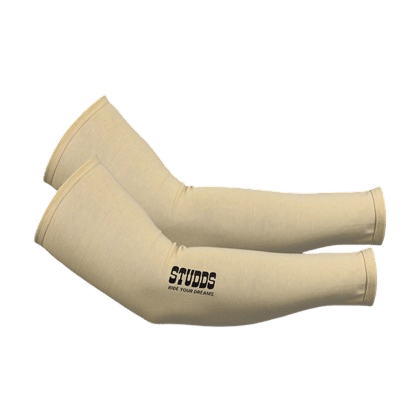
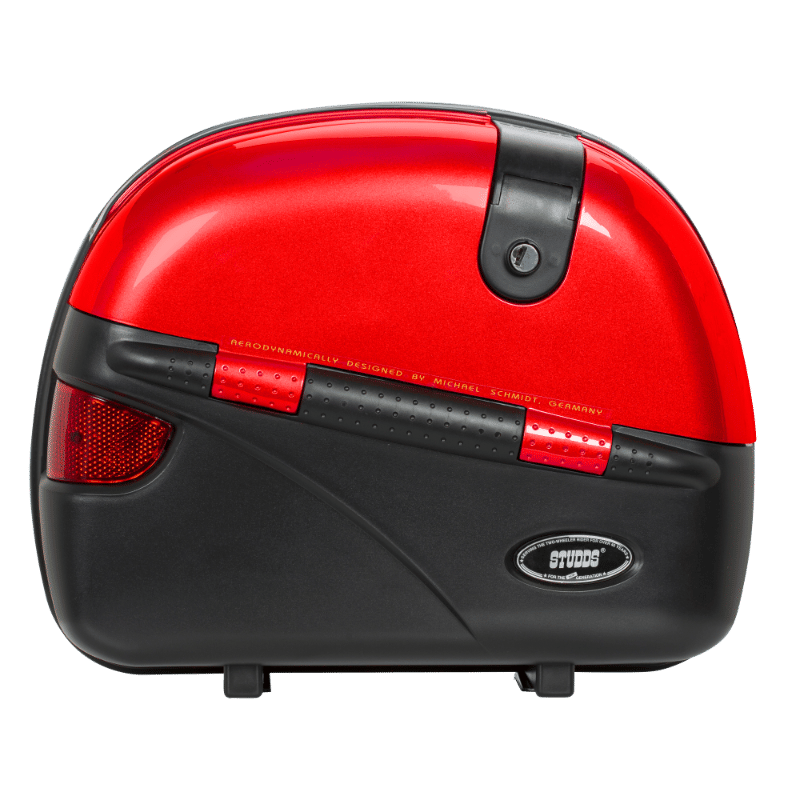
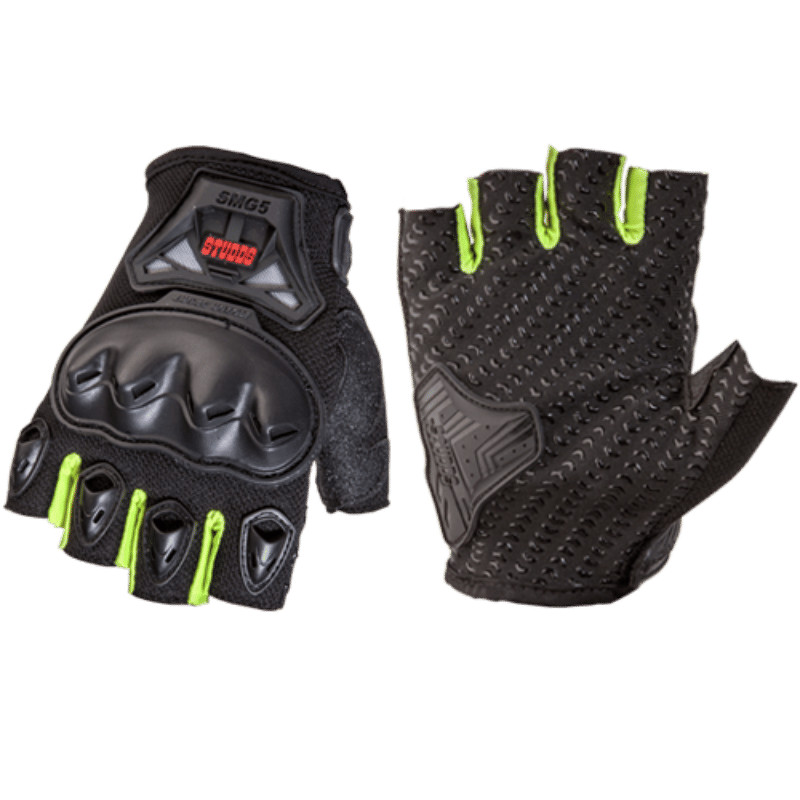
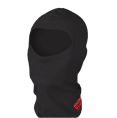
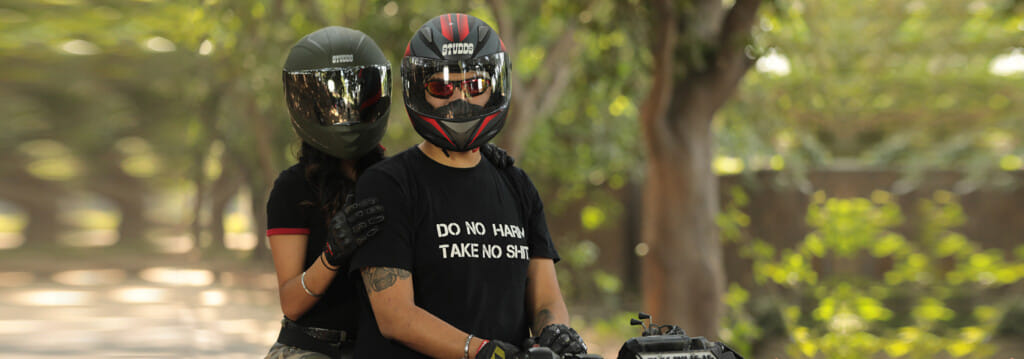
 STUDDS Accessories
STUDDS Accessories  15/09/2020
15/09/2020